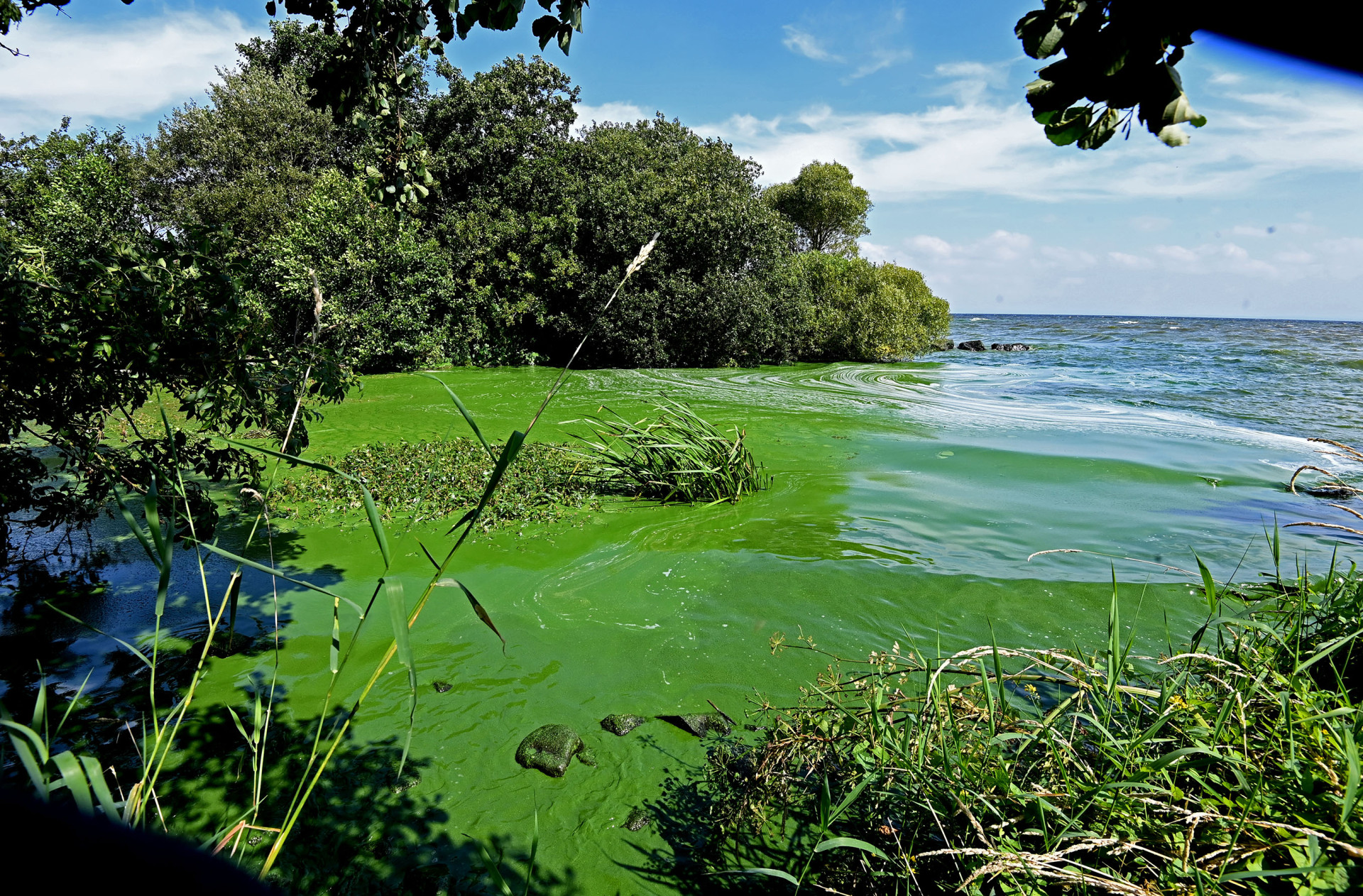WITH Lough Neagh facing the increasing threat of blue-green algal blooms in recent years, the UK Space Agency has announced plans to utilise space-based technology for monitoring this critical issue.
By leveraging satellite technology, the agency aims to better understand, predict, and manage the spread of algae in Lough Neagh and other waterways.
In a statement, the agency noted, “This challenge is not just about solving an immediate environmental issue; it’s about exploring how space technology can provide new insights and tools to help preserve a vital part of Northern Ireland’s natural heritage.”
Seasonal algal blooms have become a serious concern, driven by excess nutrients from agriculture and wastewater, rising temperatures, and invasive species.
In 2023, Lough Neagh experienced severe cyanobacterial growth over the summer, impacting the environment and local communities.
Whilst reducing nutrient inputs is a key long-term solution, immediate efforts are needed to better monitor and predict these blooms.
Satellite remote sensing can play a critical role in monitoring large and often remote areas, providing regular, consistent data of bloom development and movement that is not always possible through traditional methods.
By analysing changes in water colour, temperature, and other indicators, remote sensing can help detect the presence of algal blooms and predict their spread.
This is particularly useful in identifying early-stage blooms, allowing authorities to respond more quickly and effectively.
Moreover, satellites can provide historical data to help scientists understand past patterns, contributing to a better long-term strategy for managing water quality.
The UK Space Agency has invited innovators to utilise satellite data, open data sources, AI, and meteorological information to create comprehensive monitoring systems. The agency added, “These solutions could provide a clearer picture of the current state of Lough Neagh’s waters and offer predictions that inform management decisions.”
The ultimate goal is to equip Northern Ireland’s Department for Agriculture, Environment and Rural Affairs (DAERA) with advanced tools to significantly improve the management of algal blooms. While large blooms typically occur in spring and summer, there are opportunities to use real-time and historical satellite data to enhance understanding of their dynamics.
This approach enables continuous monitoring throughout the year and helps establish a baseline for assessing long-term improvements in water quality.







